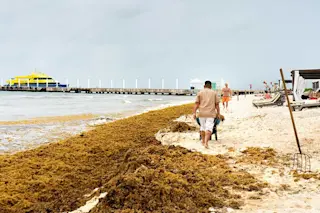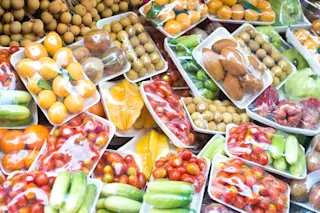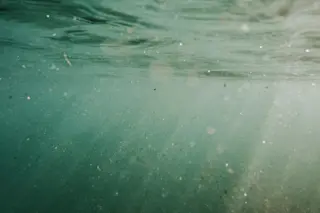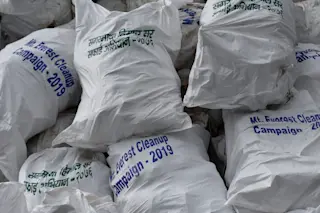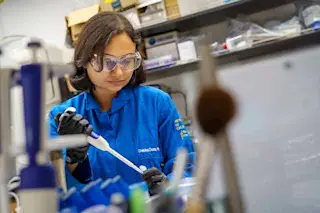(Inside Science) — In the summer of 2018, thousands of tons of a prolific seaweed called sargassum invaded the pristine beaches of the Caribbean. In Mexico, the turquoise waters and clear, smooth sand of the touristy Mayan Riviera turned into a brown mess. The sight of sargassum — a type of brown algae — and its smell scared tourists away, and local ecosystems started to suffer greatly.
This spring, the seaweed invasion was comparable to last year’s, if not worse. In May, Mexico’s President Andrés Manuel López Obrador instructed the country’s navy to lead the beach-cleaning effort and to prevent the sargassum from reaching the coast. In June, the situation was so bad that the southeastern state of Quintana Roo — home of the tourist destination of Cancún — declared a state of emergency.
To understand the extent of the ecological problem and the feasibility of the proposed solutions, Inside ...


